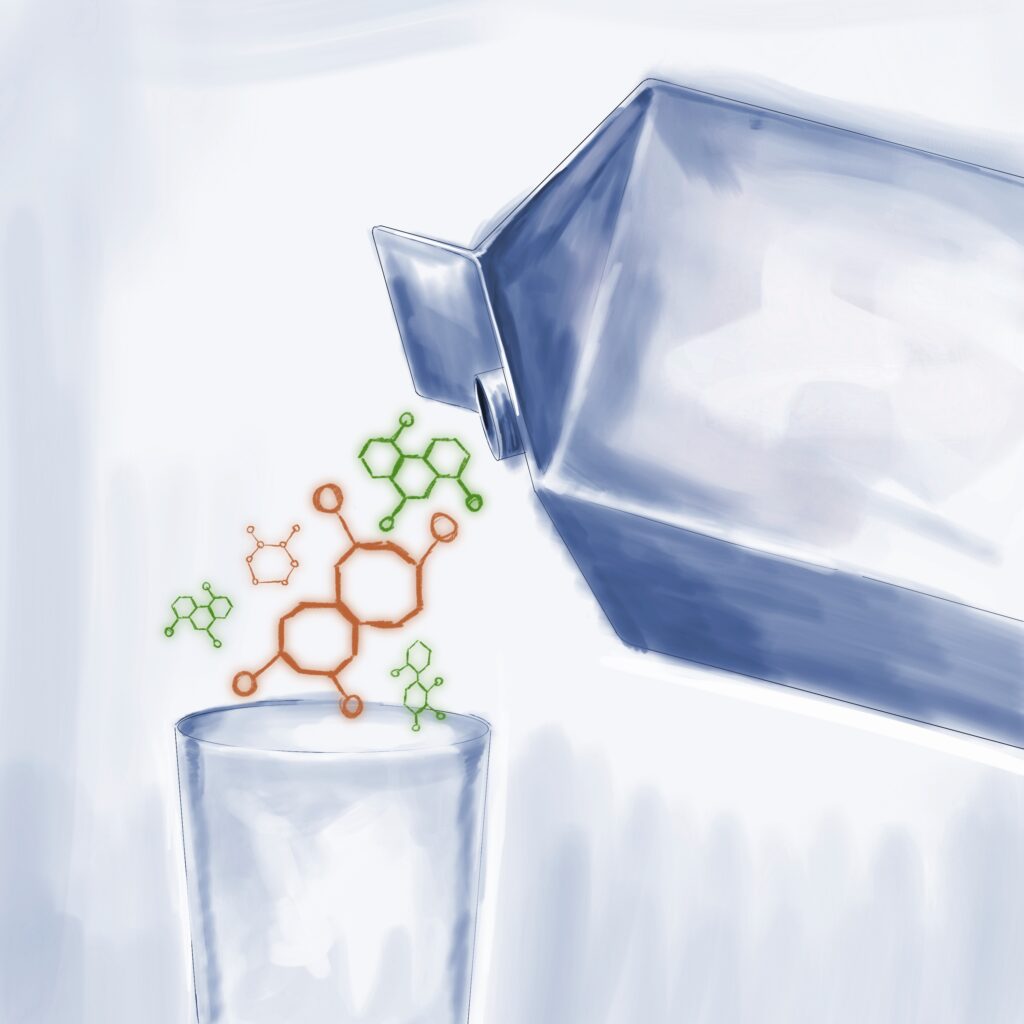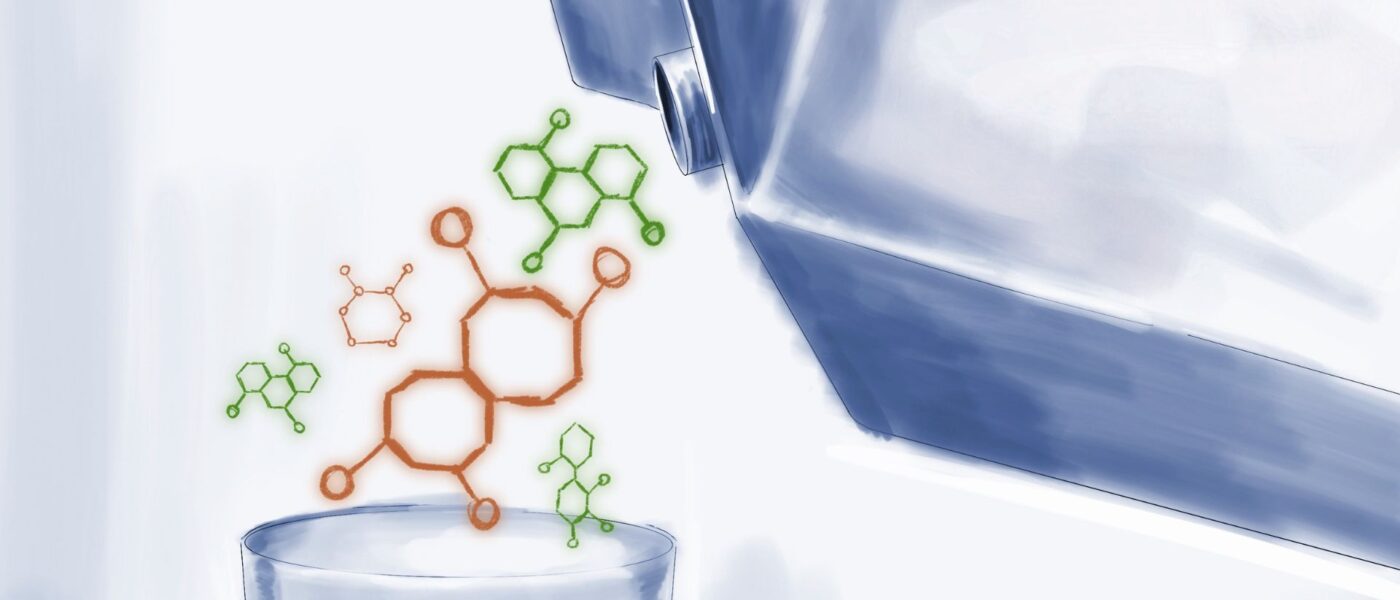Naturally Artificial—The Façade of Natural Flavors
Natural flavors are not natural.
The Food and Drug administration, the federal agency that regulates the safety standards for food, drinks, cosmetics and medication, defines natural flavors as any oil, essence, extract or distillation derived from a plant or animal product.
They are used to improve the taste or smell of treats and cuisine and are considered food additives because they impart flavor, rather than nutritional value, to food.
Based on this definition, natural flavors seem harmless. But upon closer examination, we find there is more to these additives than their name implies.
Natural flavors have a multi-billion dollar industry behind them. Companies such as Kerry, Givaudan and Firmenich are known globally for curating concoctions that entice food companies to purchase their products.
Flavorists, the scientists who manufacture these substances, take inspiration from nature; they analyze the chemical compounds that make up the flavors of fruits, nuts, herbs, spices, dairy, even poultry in their labs.
Diacetyl is a naturally occurring compound found in vinegar, coffee, dairy and alcoholic beverages that give products a strong, buttery flavor. Ethyl 2-methylpentanoate is one of the compounds responsible for imparting apple flavor.

Flavorists can tweak these compounds with more than 100 chemicals to optimize and transform them, creating the “natural flavors” we all know and crave, such as the sweet strawberry in Pop-Tarts, the orange punch in Fantana and the earthy cocoa taste in Oreos.
Even though these substances originated from nature, the end product is drastically different.
Title 21 of the Code of Federal Regulations is the main piece of legislation issued by the FDA that vaguely delineates what natural flavors are.
It does not restrict what can be done to them, allowing scientists to fiddle with chemicals to obtain the desired taste and smell.
Meanwhile, the food companies that use these additives are not required to disclose all the chemicals they are made of.
Legally, companies can hide these substances under the umbrella term “natural flavors,” leaving consumers in the dark.
The FDA has taken measures to ensure these substances are safe for consumption. They have a list of food additives, including a separate section for natural flavorings, that are GRAS: generally recognized as safe.
Yet there is not enough transparency about what GRAS means. The standard procedure for identifying a flavoring as safe for consumption requires “scientific data” about a substance to be “widely known” and a “consensus among qualified experts” regarding its safety.
But which scientists are in charge of making these determinations? And what scientific qualifications make a substance safe?
In recent years, a lot of talk has surfaced against artificial flavors, substances that are chemically engineered from inception.
With the population becoming more concerned, companies have slightly altered their ingredients lists.
Many food manufacturers have replaced artificial flavors with natural flavors and slapped disclaimers, such as “made with no artificial flavors or preservatives,” on their products.
But given the degree to which natural flavors are chemically altered, companies might as well leave the artificial flavor listing on their products.
After all, the only thing differentiating them is their origin; they’re essentially the same thing.

